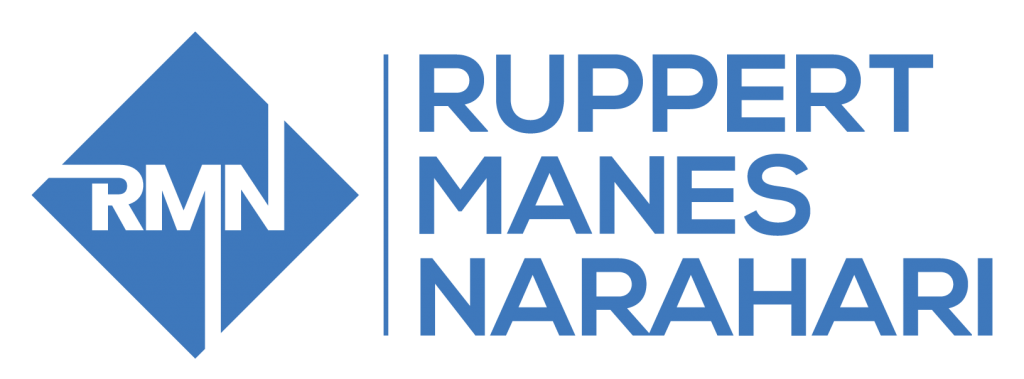How do I initiate an Employment Discrimination Lawsuit?
If you have been subjected to a hostile/abusive work environment, harassment or unfair treatment because of your race, color, religion, sex, national origin, age or disability, you may be able to bring an employment discrimination lawsuit against your Employer.
However, under Pennsylvania Law, before you are able to bring an employment discrimination lawsuit against your Employer, you must first bring your complaint (also known as a “charge”) before a state or federal administrative agency. You must first file an administrative charge for discrimination with the EEOC (federal agency) or the PHRC (state agency). If you file an employment discrimination lawsuit without first filing a charge with the EEOC or PHRC, you case will likely be thrown out for failing to exhaust all administrative remedies.
The EEOC, also known as the Equal Employment Opportunity Commission, is a federal agency that enforces Federal Laws, which prohibit employment discrimination. The PHRC, also known as the Pennsylvania Human Relations Commission, is a state agency that enforces State Laws, which prohibit employment discrimination.
When filing a charge with the EEOC or PHRC, you must file it within 180 days of the alleged act of discrimination by your Employer. If you do not file your charge within that timeframe, you may lose your right to do so. The EEOC 180 day deadline is extended to 300 days if there is also a Pennsylvania law, in addition to the Federal Law, that prohibits employment discrimination on the same basis. Therefore, if your Employer’s alleged act of discrimination is prohibited under both Federal Law and State Law, you have 300 days from the alleged act of discrimination to file a charge with the EEOC.
When filing your charge with the EEOC or PHRC, you will be asked to fill out some paperwork typically in the form of an Intake Questionnaire. It is important to remember that when filling out your Intake Questionnaire for the EEOC or PHRC that you include all forms of discriminatory behavior your Employer has engaged in. For example, if your Employer discriminated against you because of your Race, Religion and Disability, make sure you list all three on your Intake Questionnaire. If you do not allege all forms of discrimination, you may lose your chance to do so at a later time.
When filling out the Intake Questionnaire, there will generally be a section where you can describe the type of discrimination your Employer engaged in. You should be as specific as possible in describing the discriminatory events. The specific details will aid in the investigation of your complaint.
After your charge is filed with the EEOC or PHRC, your charge will then be assigned to an investigator who will investigate the alleged act(s) of discrimination. To try to resolve the matter, the investigator may suggest mediation. Mediation allows you and the employer to talk about your concerns. Mediators don’t decide who is right or wrong, but they are very good at suggesting ways to solve problems and disagreements. However, mediation is only possible if both you and the Employer agree.
With the EEOC, after 180 days of filing your charge, you can request what is known as a “Notice of Right-to-Sue.” This letter allows you to bring suit against your Employer in a Court of Law. This is only issued if more than 180 days have passed from the day you filed your charge. You must request a Notice of Right to Sue in writing to the local EEOC office. However, once you have been given a Notice of the Right-to-Sue, the EEOC will close your case and take no further action. So if you want EEOC to continue investigating your charge, don’t request the Notice of Right-to-Sue.
The process can be lengthy and stressful. However, you must first file your complaint with the PHRC and/or EEOC before filing an employment discrimination lawsuit in court.

Comments are closed.